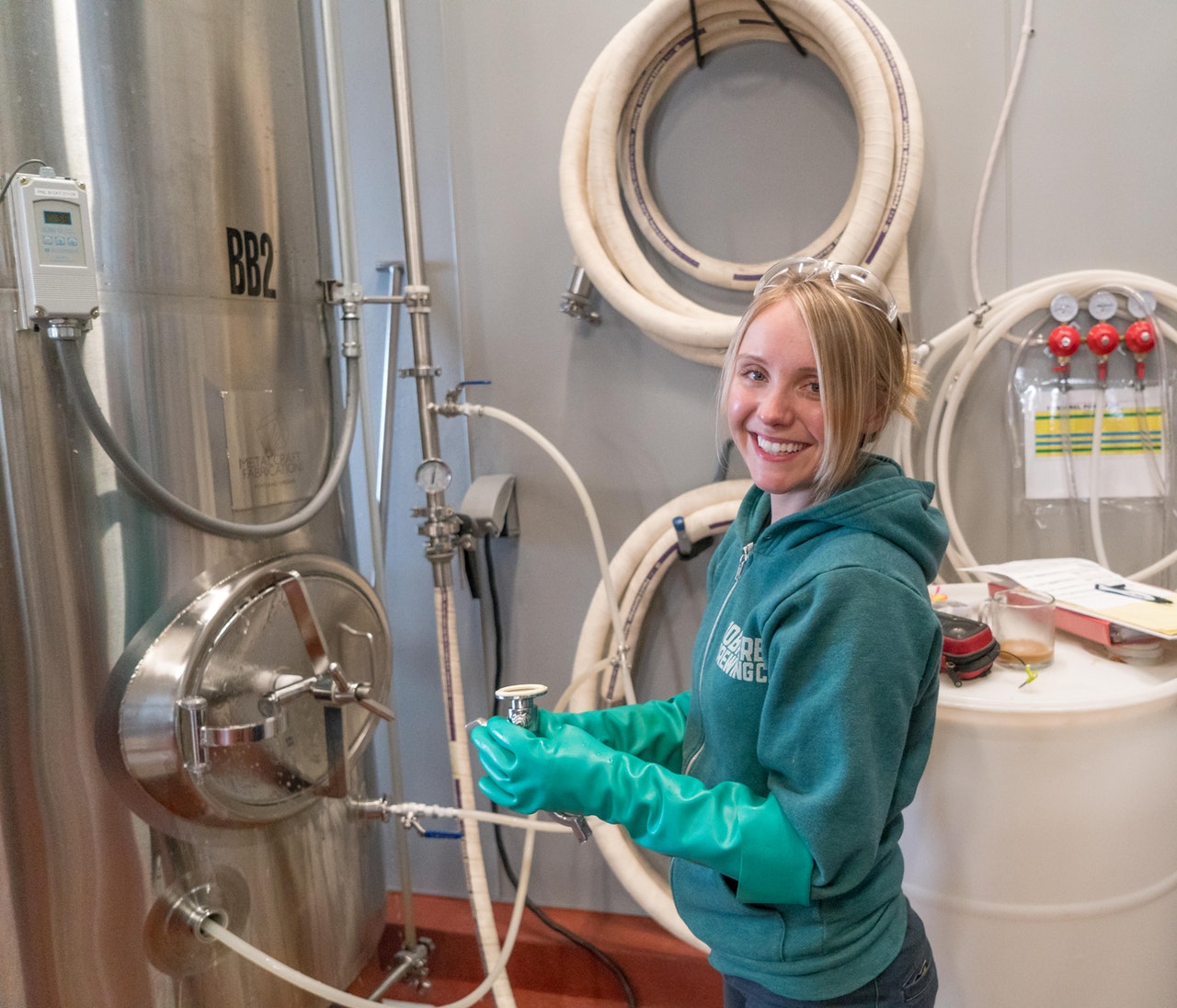
Industrial processes are handled carefully and professionals are responsible for the development at every stage. Heavy pieces of machinery, complicated processes, diagnosis and prediction of events, maintenance and much more, there is no such space of minor negligence. Adequate maintenance cycles play a great role in smooth and reliable operations. Keeping the moving parts lubricated, excluding outdated products, replacement, and cleaning of the tanks, all are essential activities to be performed.
The automated industrial tank machines provide various benefits in managing industrial operations. One of the main reasons for automating is to enhance cleaning procedures. From ensuring the safety of work to minimizing the consumption of chemical solvents, the automated tank cleaning machines bring convenience in the industrial sector.
There should be good coordination between process plant manager and the manufacturer of tank wash equipment.
When it comes to automated cleaning machines, you have plenty of options available. You can execute various operations without any hassle. These machines possess wash nozzles in the tank, turbine tank cleaners, and motor-based tank washers that ensure high-tech automation.
The demand for automated tank cleaners is increasing with time. It offers numerous advantages such as savings of cost on water, waste disposal, effective chemicals for cleaning, and great production uptime.
Here is a guide to give you a complete understanding of the automated industrial tank cleaning machines and it’s different functions.
CLEANING PROCEDURE
Tanks are filled with hot water with a mixture of cleaning agents and then it is cleaned afterward. The tank is then drained and rinsed many times to ensure that it is cleaned properly before use. The cleaning process time taking and it needs a great amount of water, chemicals, and energy. You may have to stop your production process for many hours.
Plants can save thousands of dollars by automating the tank cleaning procedure. According to a statistical study, it has been proved that plants have done savings of over $100,000 annually.
CLEANING LIQUID
One of the most important steps in automating industrial tank cleaning machines is to identify the cleaning liquid. This liquid reacts with the residue of the product to clean it completely or dissolve it.
After identifying the cleaning liquid, you should consider the compatibility of material and the temperature as well. It is crucial when you are selecting the wash nozzles for tanks, so you must remember this.
If you want any assistance for tank cleaning operations or its cleaning liquid, you should go for professional and quality services. Agitator Technology offers one of the finest automated tank cleaning solutions by ensuring high-quality results.
CLEANING LEVEL
Analyzing the cleaning level is another important aspect when you are automating the tank cleaning. You have to determine the level of cleaning that is needed.
There are different levels of cleaning that includes:
- Rinsing is used to separate the residue of the product from water.
- Cleaning removes the product residue through the cleaning agent.
- Sanitizing operates sanitizing agents. In this cleaning level, most of the micro-organisms are killed.
- Disinfecting removes most of the bacteria except spore.
- Sterilizing destroys all forms of bacteria and germs completely from the tank.
CLEANING OBJECTIVES
The main objective of automated tank cleaning is to clean and completely sanitize the equipment efficiently. It needs maintenance regularly to avoid the malfunctions and faults in the equipment. It helps you to strengthen safety and to improve the quality of equipment.
The tank cleaning applications vary depending on your needs. The top automated solution needs good coordination between the plant in charge and the equipment manufacturer.
When you have a clear picture of the cleaning objective in your mind about what you have to clean and of the cleaning level then you can focus on the ultimate cleaning goal.
TOTAL LOSS FLOW DESIGN
Out of two forms of system flow, the total loss is one of them. In this form, the cleaning fluid is used only one time and discharged afterward.
It is preferable when cleaning is not very frequent or when you need minor liquid volumes. It is useful as it blocks cross-contamination from the liquids that are used for cleaning the tanks.
PARTIAL FLOW DESIGN UNDERSTANDING
This type of design is associated with the process when rinse fluid is retrieved. This flow system uses a fewer amount of chemicals and water as compared to the total loss flow system in the tank cleaning process.
You should determine the supply of water to inspect for any potential issues such as dissolved solids that can disrupt the tank cleaning process.
FLOW RATE SELECTION
It is highly recommended to use the lowest flow rate to achieve the cleaning goals. Less liquid will be needed if the flow rate is low and it will also reduce energy consumption.
If you don’t have an idea about the flow rate then it is advisable to work with a minimum of 0.2 gals/min. It is the standard guideline that is applied to most of the stationary nozzles. It also depends on your cleaning requirement that what flow pattern you need.
CONCLUSION
As it is clear from the above discussion that ‘tank cleaning’ is not an easy procedure to perform. Making the correct selection of technology and developing the required environment is essential. Expertise, investment of labor and professionals, and adequate scheduling of the cleaning process must be handled efficiently. With the necessary information in hand, industries can make a wise investment and ensure safe future operations.